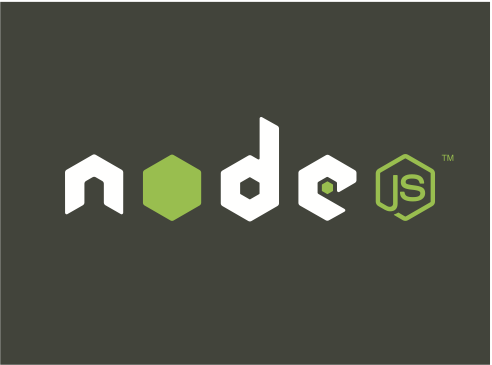


** For Checking Node Package Manager Installation:** npm -v To verify that both of these have been installed correctly, you can type these commands:įor Checking Nodejs Installation: node -v But it will let you know once it has been completed.Īfter the installation of Node.js has been completed, it should have installed the Node Package Manager. It can usually take a few minutes to complete the installation. You will see periodic progress while this installs. This will install Node.js onto your CentOS system. To do this, you are going to want to use this command: sudo yum install -y nodejs Once that is finished, you will now be able to install Node.js. To do this, you are going to want to type in the command: curl -silent -location | sudo bash. Here we will want to add the Node.js repositories so that yum knows where to look for the latest Node.js when it is installing. Once that is installed, please proceed with the steps below. If you do not have curl installed, you can type this into your console: sudo yum install curl This installation guide is going to rely on the curl command. Here we will show you how to install Node.js and Node Package Manager (NPM) on your server. Modern-day, it is straightforward and easy to set up though it can still be intimidating. Among the other amazing features that Node.js has jam-packed into itself, it is a popular choice for websites to use.

Node.js is a lightweight and seemingly efficient JavaScript runtime that can be used to run JavaScript code outside of the browser. Along with the many technologies out there, such as Ruby, Python, and PHP, you may have heard of one called Node.js.


 0 kommentar(er)
0 kommentar(er)
